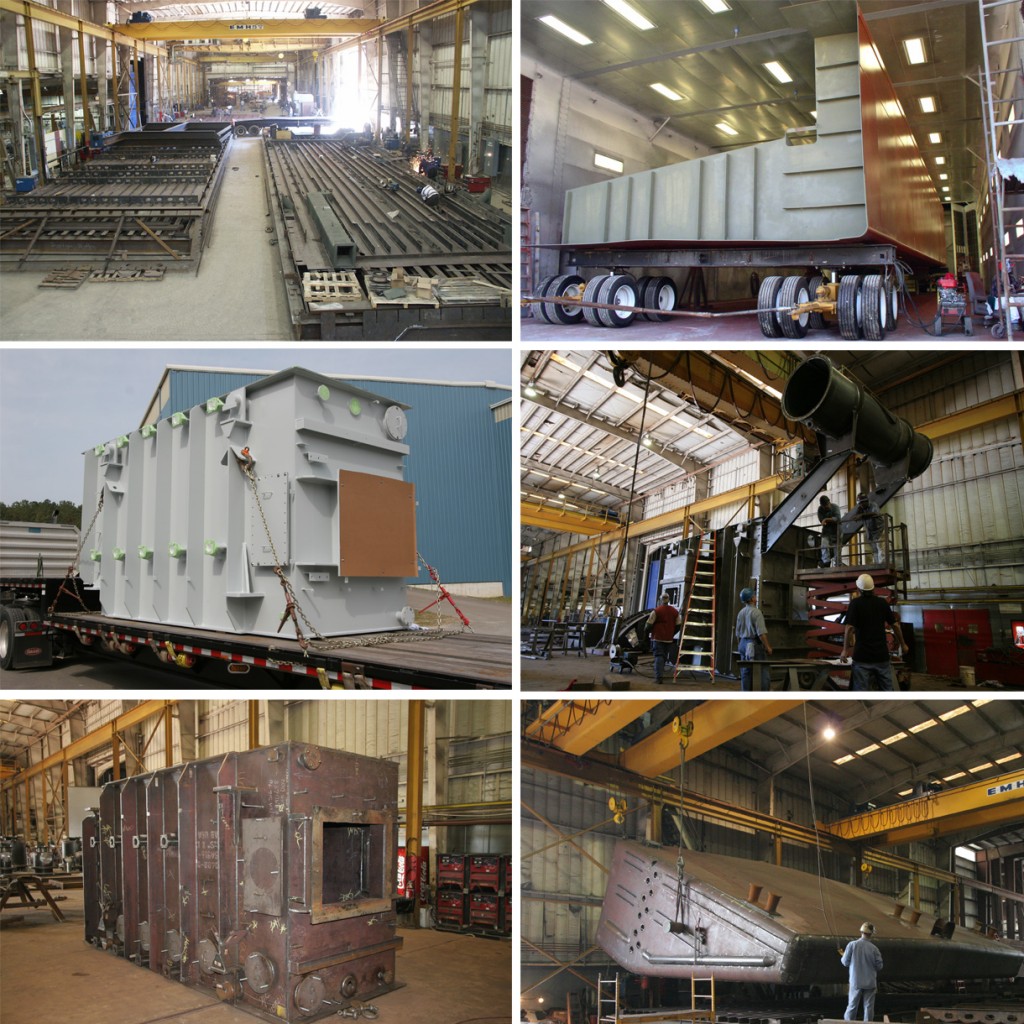Finest Steel Fabricators Melbourne: Changing Ideas right into Fact
Finest Steel Fabricators Melbourne: Changing Ideas right into Fact
Blog Article
Ingenious Trends in Steel Construction: Enhancing Sturdiness and Accuracy
In the realm of steel manufacture, the search of durability and precision has actually led to a wave of cutting-edge patterns that are reshaping the industry. These fads are not just forming the existing but likewise laying the groundwork for the future of steel construction, promising more enhancements in sturdiness and accuracy.
Advanced Welding Technologies
In the realm of steel fabrication, the adoption of cutting-edge welding modern technologies has actually dramatically changed the market's method to accomplishing superior top quality and accuracy in structural welds. Advanced welding modern technologies, such as laser beam of light welding and friction stir welding, have actually arised as game-changers in the area. By leveraging these sophisticated welding strategies, steel fabricators can raise the durability, strength, and accuracy of their structural welds, satisfying the increasingly demanding demands of contemporary construction jobs.
Robot Automation in Manufacture
Embracing robotic automation has actually come to be a foundation of contemporary steel fabrication techniques, enhancing processes and enhancing effectiveness throughout the market. Robots are transforming the means steel elements are manufactured, offering unrivaled precision and speed while reducing human mistake. These automated systems can deal with recurring jobs with consistent accuracy, causing better end items.
One key benefit of robot automation in steel construction is the capability to work all the time without exhaustion, considerably boosting manufacturing result. This continuous procedure decreases downtime and speeds up job timelines, ultimately conserving costs for producers. Furthermore, robotics can be configured to execute complex tasks that might be unsafe or tough for human workers, improving security in the work environment.
In addition, robotic automation enables seamless integration with other digital innovations, such as computer-aided layout (CAD) software application and Web of Points (IoT) systems (Alpha reo). This interconnected strategy improves communication between various stages of construction, optimizing operations and making certain real-time tracking and control. As the steel construction market remains to develop, robot automation stands out as a transformative pressure driving performance and accuracy in making processes

High-Strength Alloy Growth
The advancement of high-strength alloy development in steel manufacture is reshaping the sector's approach to boosting product toughness and performance. High-strength alloys are crafted to exhibit remarkable mechanical residential or commercial properties, such as increased tensile stamina, toughness, and rust resistance contrasted to standard steel qualities. By incorporating these innovative alloys right into fabrication procedures, suppliers can generate components that endure higher stress degrees and severe settings, causing even more resilient and dependable final result.
One key advantage of high-strength alloy development is the capability to reduce product density without jeopardizing architectural integrity. This not only causes lighter-weight elements but additionally adds to cost financial savings and boosted effectiveness in manufacture and setting up processes. The enhanced strength-to-weight ratio of these alloys permits for the layout and building of structures with greater load-bearing capabilities while lessening overall weight.
3D Modeling and Simulation Software Program
Innovations in steel construction processes have been considerably pushed by the combination of innovative 3D modeling and simulation software program devices. These tools allow fabricators to develop comprehensive digital designs of their projects, enabling them to imagine the end product with precision prior to any physical work begins. By simulating various stress elements, ecological conditions, and architectural tons, fabricators can maximize layouts for improved resilience and performance. In addition, 3D modeling and simulation software simplify the production procedure by identifying prospective problems beforehand, minimizing the need for expensive rework and minimizing material waste.

Sustainable Practices in Steel Production
Integrating sustainable techniques into steel manufacturing processes is important for reducing environmental impact and making certain lasting resource schedule. One essential sustainable method is the adoption of energy-efficient technologies to minimize greenhouse gas discharges throughout the steel production process. This includes utilizing renewable resource resources, such as solar or wind power, to power steel plants and executing energy-efficient devices to maximize energy usage.
Another vital aspect of lasting steel manufacturing is the responsible sourcing of basic materials. This involves guaranteeing that the iron ore and various other resources used in steelmaking are acquired from honest and environmentally friendly sources. By advertising openness in the supply chain and adhering to strict environmental criteria, steel makers can reduce the negative influences of resource extraction on local communities and areas.

Verdict
In conclusion, the innovative patterns in steel manufacture such as advanced welding innovations, robot automation, high-strength alloy advancement, 3D modeling and simulation software program, and sustainable methods are improving the sturdiness and accuracy of steel products. These developments are transforming the steel fabrication market by boosting high quality, sustainability, and efficiency. It is clear that the future of steel manufacture depends on embracing these innovative technologies to meet the needs of contemporary construction and manufacturing markets.
In the world of steel fabrication, the pursuit of longevity and accuracy has led to a wave of cutting-edge fads that are reshaping the market.In the realm of steel construction, the adoption of innovative welding technologies has actually considerably changed the sector's approach to accomplishing premium top quality and precision visit this website in architectural Extra resources welds. As the steel construction industry proceeds to progress, robotic automation stands out as a transformative pressure driving effectiveness and accuracy in manufacturing processes.
Additionally, recycling and reusing steel scrap and waste products play a substantial duty in enhancing the sustainability of steel manufacturing. metal fabrication melbourne.In verdict, the innovative fads in steel construction such as advanced welding modern technologies, robotic automation, high-strength alloy growth, 3D modeling and simulation software application, and lasting techniques are improving the longevity and precision of steel products
Report this page